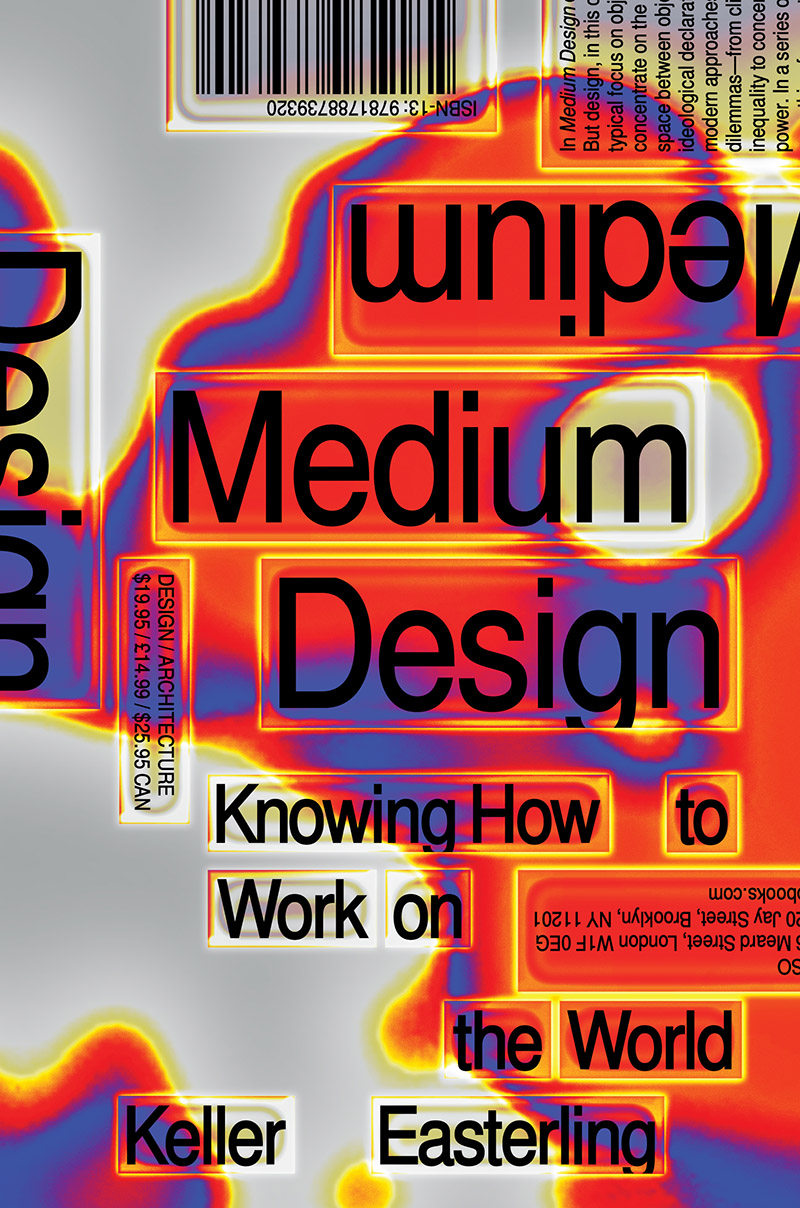The longing for ideological coherence, the architect writes in Medium Design, is a tired and damaging cultural addiction we must break

A slim, sly handbook that rethinks ways of addressing the planet’s most intractable problems, Medium Design is Yale-based architect Keller Easterling’s argument for a worldview that seeks complications rather than solutions. Expanded from an essay published in 2018, it bears signs of having been formulated in the cauldron of early-Trump: an insurgent energy and imagination crackle beneath the surface. But far from joining an ideological camp, Easterling explores weaknesses in the modern, post-Enlightenment mind that leave it vulnerable to the ‘closed-loop, binary’ appeal of, among other things, party politics (or ‘political superbugs’, as she refers to the strategies of would-be authoritarians on the right and left), categorical certainty and all-encompassing solutions, and that have resulted in profound polarisation and paralysis when it comes to addressing inequality, migration pressures and climate change. The longing for ideological coherence, she writes, and the narratives of war and collapse that accompany it, are a tired and damaging cultural addiction we must break.
Medium design is Easterling’s proposal (she’s careful not to call it a solution) for acting on the world with a nonmodern mind. It is aimed at all of us, not just designers (she argues that we are all designers), and describes a semifocused way of looking that takes in ‘objects’ (these could be human, corporate, infrastructural, economic), their latent potentials and the spatial field in which they exist, and then seeks to set in motion or alter their interplay. At its simplest, picture a game of pool in which the player is the designer, the balls the objects and the baize the medium. At its most complex (and ambitious), imagine reframing migration as an expedition or adventure, a ‘form of cosmopolitan mobility’. As farfetched as this last may appear in isolation, Easterling comprehensively walks us through possible techniques and effects of medium design, proclaiming the adaptability and resilience that arise from complication, interdependence, misdirection, redundancy, contradiction and failure. Perhaps least convincing here – and yet most essential to Easterling’s argument – is the power of new narratives to replace old. But what other choice do we have, she seems to be asking; we couldn’t possibly make things worse. For all that, this a hopeful and thrilling text.
Keller Easterling, Medium Design: Knowing How to Work on the World, is published by Verso